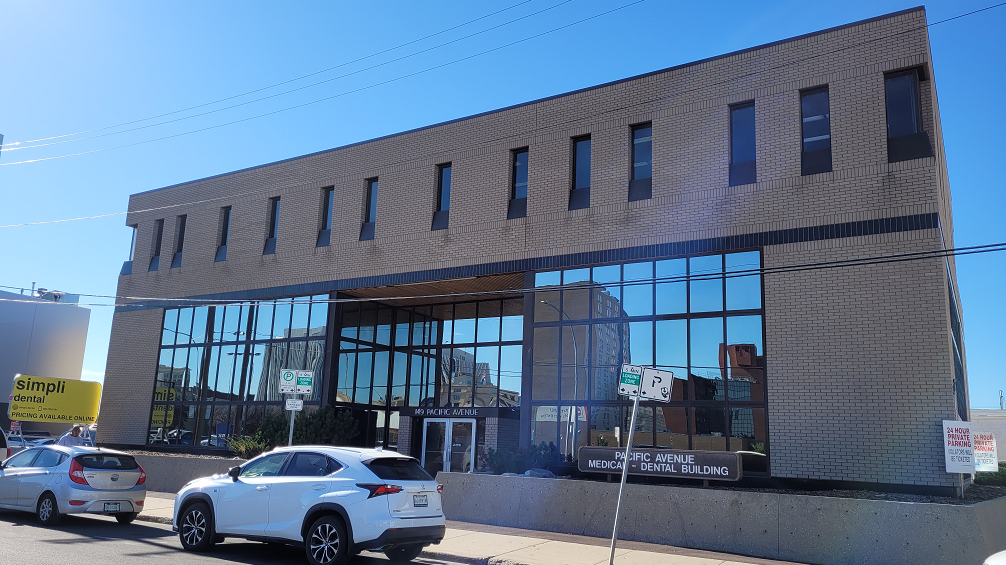A ransomware attack on a Saskatoon obstetrics and gynecology clinic left the personal health information of up to 20,000 patients in the hands of malicious hackers, according to the province’s privacy watchdog.
In a report issued in September, Privacy Commissioner Ronald Kruzeniski said the attack targeting Saskatoon Obstetric and Gynecologic Consultants resulted from a staff member opening a malicious email attachment at their workstation in late December 2020.
On Christmas Eve, staff were alerted by external IT providers they were locked out of their systems, with hackers demanding payment to unlock the data, says Kruzeniski.
The clinic proceeded to shut down its local network and internet connectivity, then hired outside consultants the Security Resource Group (SRG) to investigate the issue. A lawyer hired by the clinic proactively disclosed the breach to the privacy commissioner.
By early January 2021 the security firm had reached a settlement with the hackers, with the clinic paying for the decryption software to unlock their system.
The security consultants then monitored the dark web for indications the health data was released anyway. Nothing turned up as of the publication of the report, according to Kruzeniski.
In a statement to CTV News Saskatoon, the clinic said it considers the risk to patients low given the steps taken to mitigate the risk.
“Saskatoon Obstetric and Gynecologic Consultants takes the privacy of its patients and this incident very seriously. As soon as [the clinic] … became aware of the incident, it took immediate and comprehensive steps including engaging cybersecurity experts to investigate and contain the incident.”
There is no evidence that any patient information has been misused as a result of the incident, the statement says.
Kruzeniski found that although the clinic was proactive in reporting the breach to his office and the Saskatoon police, it has not been able to contain the breach or provide sufficient notice to the affected patients, nor was it able to fully investigate the ransomware attack.
With no guarantee the attackers did not keep copies of the data, Kruzeniski recommends the clinic continue monitoring the dark web for five years for any sign of its patients’ data.
In his report, the privacy commissioner describes the dark web.
“The dark web is well known due to media reporting on illicit activity that occurs there. Malicious actors use the dark web to communicate about, sell, and / or distribute illegal content or items such as drugs, illegal weapons, malware and stolen data,” Kruzeniski says.
“However, just like the surface web, there are several legitimate activities on the dark web as well, including accessing information, sharing information, protecting one’s identity and communicating with others.”
Ransomware increasingly common, says tech expert
There are a few things that can be done to mitigate the risk of a ransomware attack, says Chad Jones, a former Apple engineer and current owner of Push Interactions in Saskatoon.
“You have to look at this criminal enterprise as a business. If there’s not a good return on investment for them to attack your system, they’ll move on to a system that’s more vulnerable.”
Even in the banking industry, they realise that if someone wants in, and they have enough time and resources, they’ll probably find a way, he says.
“Fortunately most of these thieves only have limited resources.”
In the ransomware world, payments are generally made in cryptocurrency, said Jones. It’s not uncommon to see ransoms higher than $50,000 paid out to these criminal groups.
There does at least seem to be some honour among thieves in this industry, he says.
“The one good thing that I can say about these ransomware attackers: they’re pretty good at getting you back up and running.”
Read More: saskatoon.ctvnews.ca









 Bitcoin
Bitcoin  Ethereum
Ethereum  Tether
Tether  Solana
Solana  XRP
XRP  Dogecoin
Dogecoin  USDC
USDC  Cardano
Cardano  Lido Staked Ether
Lido Staked Ether  Avalanche
Avalanche  TRON
TRON  Toncoin
Toncoin  Stellar
Stellar  Shiba Inu
Shiba Inu  Wrapped stETH
Wrapped stETH  Wrapped Bitcoin
Wrapped Bitcoin  Polkadot
Polkadot  Chainlink
Chainlink  Bitcoin Cash
Bitcoin Cash  WETH
WETH  Sui
Sui  Pepe
Pepe  NEAR Protocol
NEAR Protocol  LEO Token
LEO Token  Litecoin
Litecoin  Uniswap
Uniswap  Aptos
Aptos  Wrapped eETH
Wrapped eETH  Hedera
Hedera  Internet Computer
Internet Computer  USDS
USDS  Cronos
Cronos  Ethereum Classic
Ethereum Classic  POL (ex-MATIC)
POL (ex-MATIC)  Bittensor
Bittensor  Render
Render  Ethena USDe
Ethena USDe  Artificial Superintelligence Alliance
Artificial Superintelligence Alliance  Arbitrum
Arbitrum  Filecoin
Filecoin  Algorand
Algorand  Bonk
Bonk  Celestia
Celestia  Stacks
Stacks  Dai
Dai  WhiteBIT Coin
WhiteBIT Coin  Cosmos Hub
Cosmos Hub